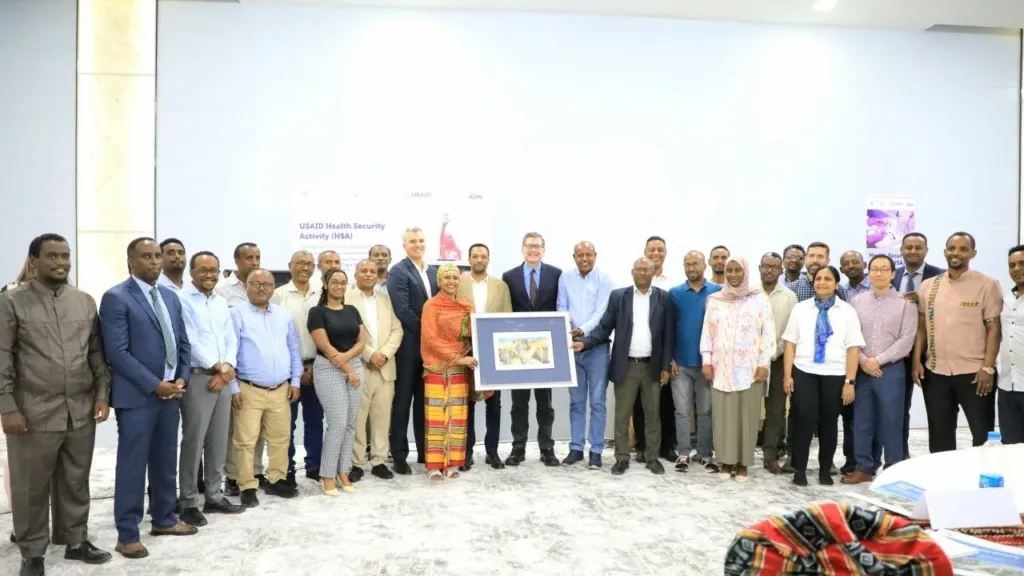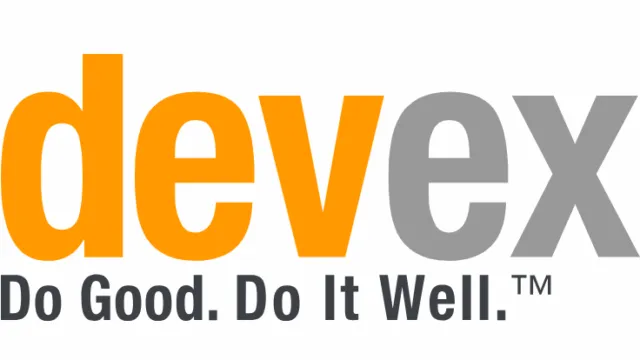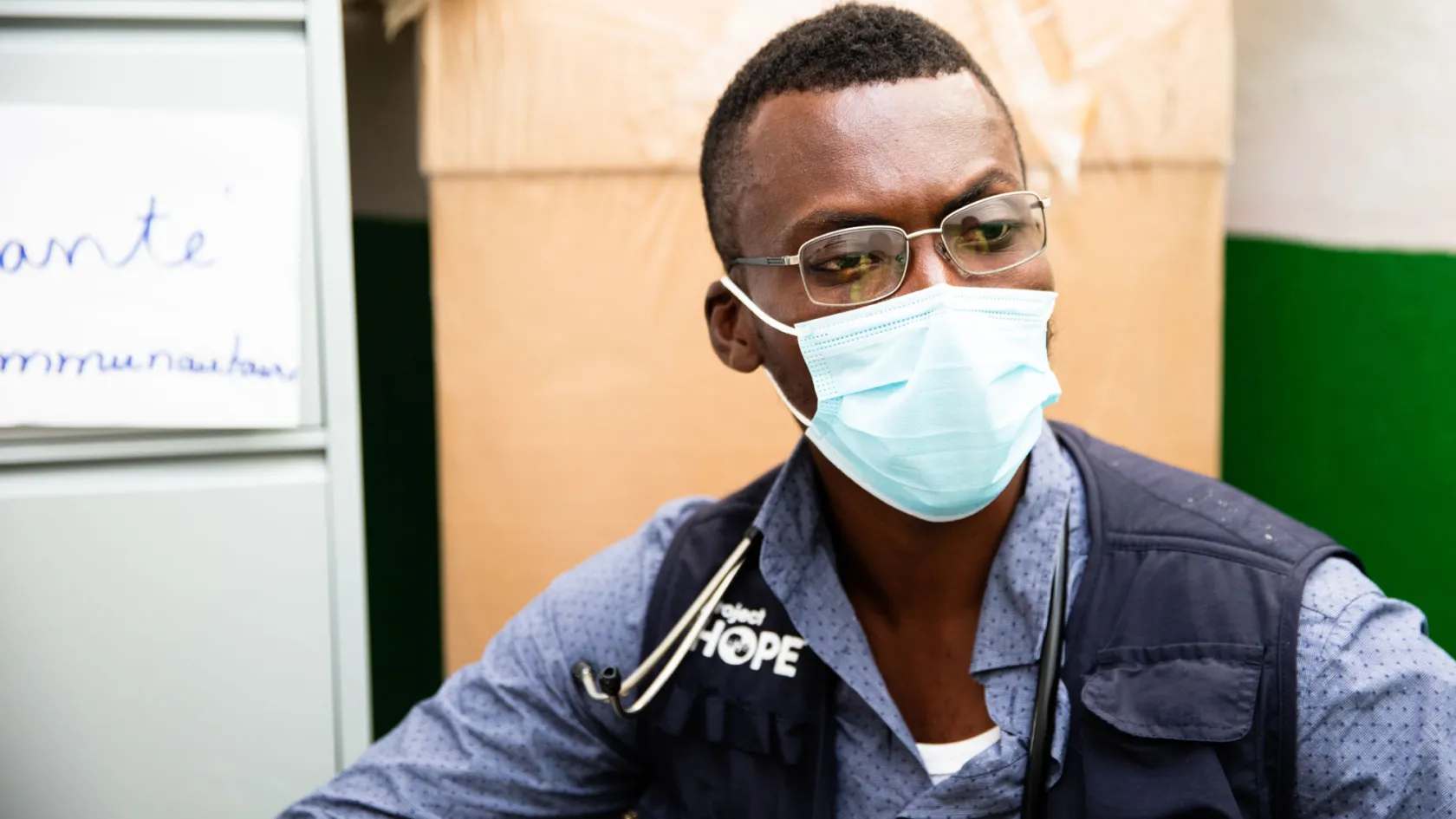Q&A: How Can Advocacy Advance Foreign Aid?
What are the greatest threats to humanitarian aid? What trends are worth watching? And can we continue to advance humanitarian causes with a divided Congress? Learn more in this Q&A with Project HOPE’s Director of Policy and Advocacy, Jed Meline.
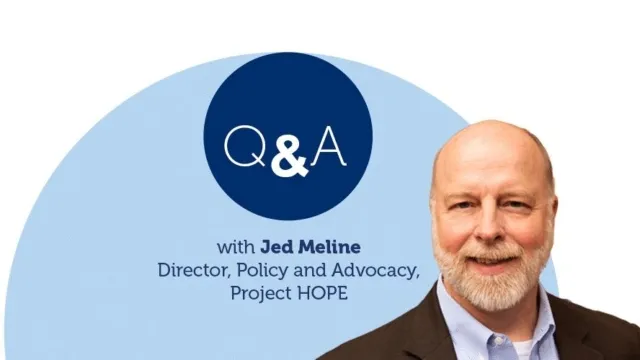
Jed Meline is the Director for Policy and Advocacy at Project HOPE, joining in September of 2022. Previously, he was a Foreign Service Officer with USAID most recently serving as Deputy Global Malaria Coordinator as well as other posts in Washington and around the world.
What trends are you watching in international assistance in the near future?
There are a few trends that I think will dominate the scene. Development evolves slowly, and humanitarian assistance even more slowly. The nature of each is a little different. But one major trend is localization. Localization is critically important and it’s always been around in some way. I worked at USAID for 25 years, and every administration had some form of localization as a high priority. Progress remains slow for many reasons as there are hard decisions and tangible risks involved to make localization truly real. So that’s one trend that will remain on the scene.
Another key trend is the growing importance placed on controlling infectious diseases and the interconnection to global health security. This world is evolving very fast in this area. The two are inseparable, though not everyone sees it that way. The systems and tools to control today’s infectious diseases are virtually the same as those to enhance global health security. Until that connection is the basis on which we approach these issues, progress will not be optimal. And hopefully the investments in these areas will remain somewhat constant and not bob up and down with every new pandemic wave.
Another development trend right now is the supply and demand for health services. Most people don’t talk about it in these terms, though. It shows up as lack of access or a health worker shortage or health inequality—but really, supply simply cannot meet demand (or need). We will never have enough health workers or be able to provide free testing everywhere. While health workers are very important, we must also begin to look to many other ways to meet the health demand and need. Self-testing, for example, is possible for many diseases, as we all learned during the COVID pandemic. Pharmacists and druggists can meet much of the demand as well, if supported. Telemedicine and digital tools will unlock even more potential. While we focus on strengthening our beleaguered health workforce, I hope we can also unlock new ways to relieve their burden.
“The systems and tools to control today’s infectious diseases are virtually the same as those to enhance global health security. Until that connection is the basis on which we approach these issues, progress will not be optimal.”
What is localization?
In overly simple terms, it is funding that goes directly to a local organization to undertake development. Every year, a small percentage of USAID funding goes directly to local organizations and they have a goal to increase it. But real localization is much more sophisticated. It involves ensuring local actors have a leadership voice, building capacity, sharing responsibility, real accountability, risk and corruption management, and more. If all you’re counting is how many times you reach the moon or the funding dollar going to a local organization, you miss, and will underinvest in, all the steps required to reach the moon. And you won’t make it there very often.
Capacity sharing, for example, is what happens along the way, and it is most critical, especially in the design phase. Bringing local voices in at the design phase and truly hearing from them is really important. This is the first step in localization and, frankly, it happens all the time. There are different stages of localization, and taking them all into account, measuring them, and capturing them along the way will help us get to the moon—and achieve greater localization—much more often. It seems USAID and others are seeing it this way as well.
In a basic example, the last thing you want is to create a new health clinic that fades away in five years. You want to strengthen the existing one so it remains for the long term. Involving local actors helps ensure this outcome. That’s why localization should be the foundation of development. That’s what makes development different from charity.
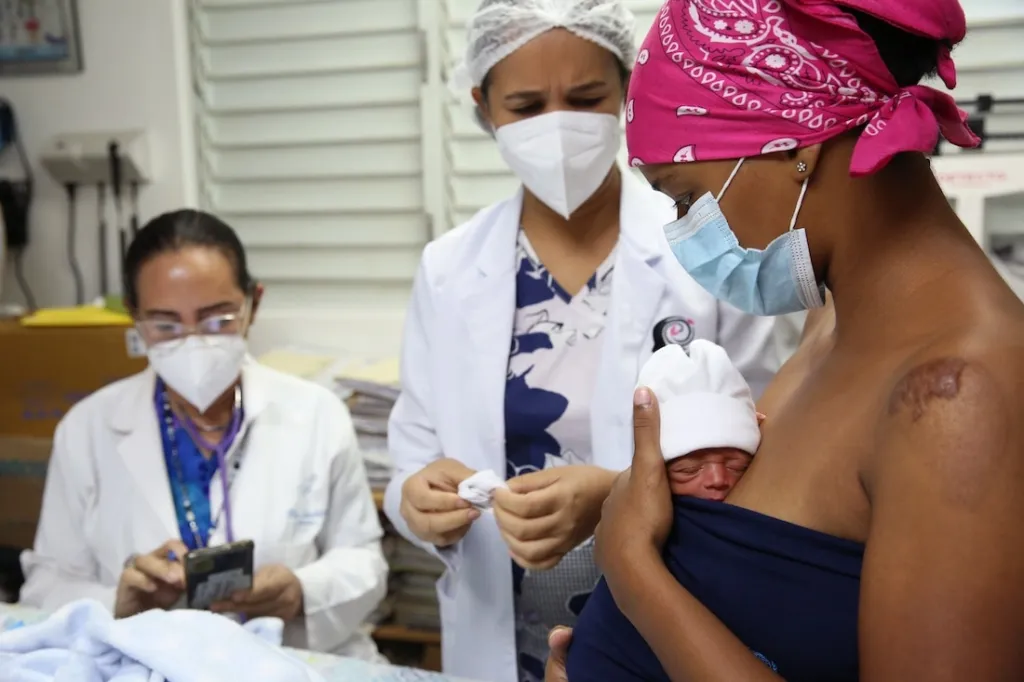
What are some of the current risks and threats to international aid?
In my view, nationalism – or focusing inward to the exclusion of other nations – is a major threat. And that’s not just an American issue. It’s my observation that pretty much every U.S. administration, regardless of political party, discovers that foreign assistance is a key aspect of foreign policy, how we have influence in the world and ends up supporting foreign assistance. I’m more worried about rising nationalism, and resulting cuts in foreign assistance, in other countries that are also big donors. For example, the UK is cutting its development assistance for the third year in a row. I don’t think they have the same set of balancing factors in their decision-making. So when the cuts happen in other donor countries, it can be much harder for funding levels to swing back. The COVID-19 pandemic made clear, yet again, our interconnectedness, yet the competing priorities, heightened by a poor global economy, are drawing scarce aid resources away.
The other aspect of nationalism, which is more insidious, is the politicization of foreign aid—the desire to use aid as a purely nationalist tool. That to me is a little more worrisome. It sneaks in and can carve big holes and have long-lasting negative repercussions for development.
How might advocacy make a difference?
As an organization that has been improving health, health systems, and saving lives for 65 years, Project HOPE has a solid foundation to push for positive change. We have a lot of experience and credibility as an organization to speak on how foreign assistance is undertaken—in both development and humanitarian contexts. As we learn, grow, and adapt, we should want to share that expertise with the broader community. That includes USAID, Capitol Hill, the State Department, the White House, and the UN organizations. We run the gamut of global health, from vaccinations to diabetes, from Ukraine to Haiti, from Namibia to China. We have a credible voice and we should use it more for even greater impact.
Will advocacy be harder with the new Congress?
Elections make a difference. But what Project HOPE does—global health and humanitarian assistance—are very bipartisan issues. Ironically, in times of split leadership, which we have now with a divided Congress, health and humanitarian assistance often do better, because it’s one of the very few things both parties can agree on. Each party has its own big agenda, and where they overlap is where progress is most likely in a split Congress. That’s often health and humanitarian assistance. Within the foreign assistance realm, saving lives and responding to acute disasters is a nearly universal American value. A sick child is a sick child. Every single human being responds to that. Some of the best development and humanitarian initiatives have risen out of divided government. I am an optimist by nature, so I remain hopeful that even with split leadership in government there will still be substantial support for health and humanitarian assistance. Work like that of Project HOPE can be one of the bright lights.
“Within the foreign assistance realm, saving lives and responding to acute disasters is a nearly universal American value. A sick child is a sick child. Every single human being responds to that. Some of the best development and humanitarian initiatives have risen out of divided government.”
What are your first goals in your new role?
First and foremost, I want to help bring our great work to the attention of key policy and decision-makers. With the internal strategic shifts made over the last few years at Project HOPE, it is a very different organization and I want key folks to know the new “us.”
Down the road, I’d like Project HOPE to be high on the list of global health implementers that people go to. I want us to be the go-to organization when people ask, “What do we need to do on this issue in global health?” Whether it’s USAID, the Senate Committee on Foreign Relations, or the Special Assistant to the President, I want them to say, “If we want to do that, we need to talk to Project HOPE before we get too far down the road.” That’s where I’d like us to be as an advocate and thought leader, here in Washington, but also New York, Atlanta, or Geneva.
What are some key issues that are rising on the policy and advocacy agenda right now?
There are many crises that aren’t getting the attention they deserve. Haiti is high on my agenda right now. I’m also looking closely at Ethiopia and whether the recent peace deal holds. We also have to build and reinforce the global health care workforce around the world. We should continue to ring that bell. Project HOPE has something to offer there for sure. There are major issues in maternal and child health that demand attention. Migration is certainly a critical need right now, and that’s an issue Project HOPE is working on. We can really be a player in both the short- and long-term on so many issues.
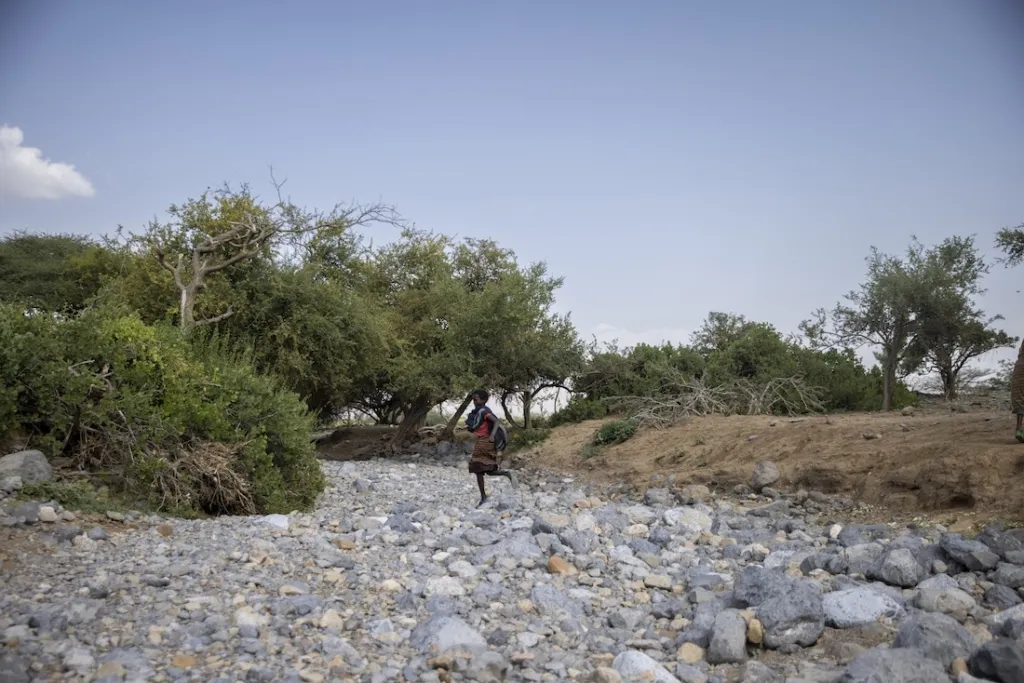
Why did you choose to join Project HOPE?
I had a most unusual career for a USAID foreign service officer having spent more than half my career in Washington. As well as my overseas postings, I’ve been lucky enough to serve at the White House, Senate, State Department, and The Global Fund. In each of these policy settings, I was often one of the very few, or perhaps the only one, in the room that had significant implementation experience on the ground in the regions being discussed. It was really the experience in those policy settings that inspired me to want to focus my work on foreign assistance policy and advocacy. My odd career was not an accident; I have been moving my professional life this way for some time. I was looking for the right organization. And Project HOPE’s mission and this role aligned perfectly with what I want to do. I’m absolutely thrilled to be here.

